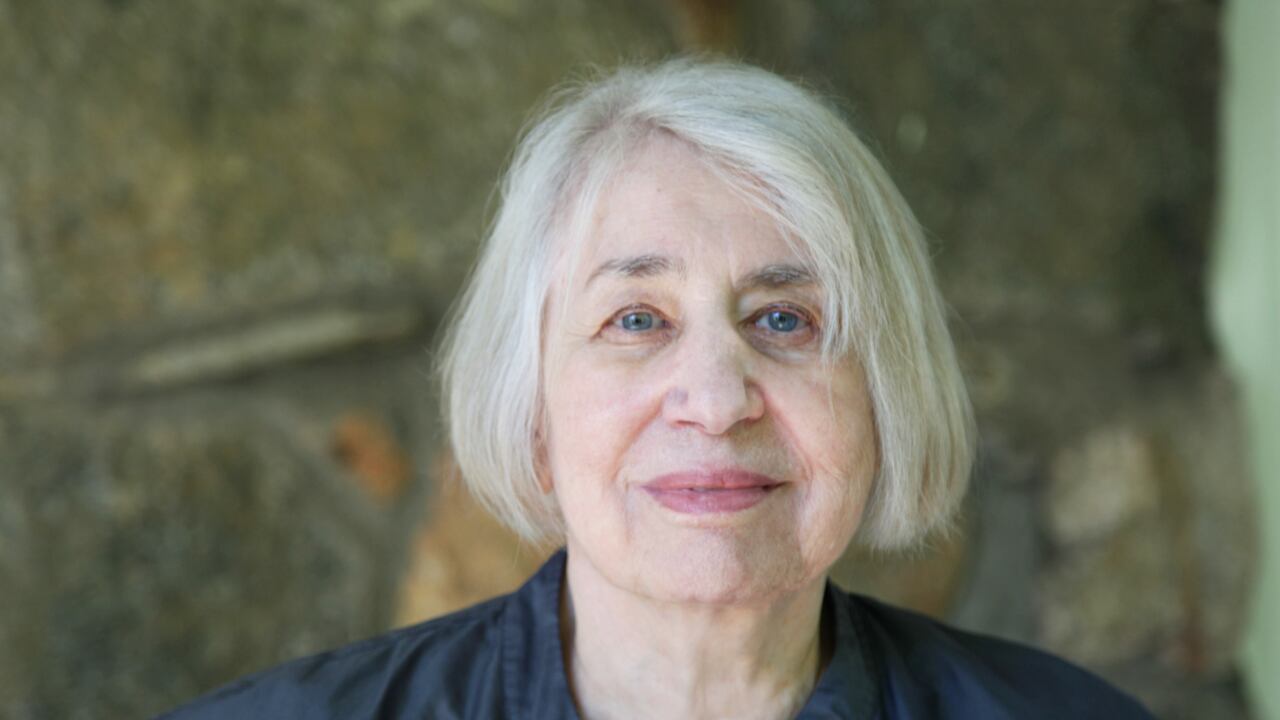“I never thought of it until recently, honestly, that I was creating a path,” Joyce Chopra tells WW. “I was so busy just trying to get ahead and get funded for films.”
Yet with directing credits dating back to 1963, Chopra did help to forge a path for women in the film industry. With few contemporaries to look to and even fewer historical examples to follow, she learned to navigate a patriarchal industry across decades—and in her recently released memoir, Lady Director: Adventures in Hollywood, Television and Beyond (City Lights, 232 pages, $17.95), she details her journey.
From the inception of Hollywood through the era of silent films, women enjoyed a great deal of agency and opportunity in the film industry. At the dawn of the “talkies,” film suddenly became a booming industry, and production teams and performers pushed to unionize. These unions, however, barred women from membership, restricting their access to work.
Entrepreneurial women managed to find jobs in the industry as “cutters,” what we now call editors. Men often found the work of cutting and rearranging frames from mountains of footage to be trite and tedious; in their minds, the work was more similar to knitting or needlepoint than directing.
Chopra, an editor of features and shorts, relays a similar sentiment. “It’s painstaking,” she says. “It’s like taking a piece of fabric and you keep cutting it, and cutting it, pasting and pasting.”
Editing is just one strand in the tapestry that is Chopra’s career. In Lady Director, she retells her impressive life story without a hint of arrogance, from allowing a 17-year-old Joan Baez to perform at Club 47 (the jazz bar Chopra co-founded) to making documentaries with the iconic film group Drew Associates alongside the legendary D.A. Pennebaker (Don’t Look Back, The War Room).
Riding the French New Wave, Chopra helped to define the motifs and practices of modern documentary filmmaking. “This all started with the revolution in handheld cameras…and with transistors, everything lightened up so you could suddenly walk anywhere and follow people,” she says.
Drew Associates helped to usher the French filmmaking style known as cinéma vérité into American documentaries. At its core, cinéma vérité strives to capture a story in its naked truth, without unnecessary staging. However, Chopra recognizes the inescapability of authorial bias.
“I choose what to film,” she says. “I choose what to put in my movie. There’s no such thing as filming the truth.”
Chopra came to understand the elusiveness of truth when she and Richard Leacock co-directed Happy Mother’s Day, her first film for Drew Associates. Commissioned by The Saturday Evening Post, it was a documentary short about the Fischers, the first surviving U.S.-born quintuplets.
“They sent Ricky Leacock and me to go and do a documentary film about this extraordinary thing,” Chopra says. “Except, when I got there, there was a photographer from the Post already there, taking photos and manipulating the events that weren’t actually how they were.”
Born in Aberdeen, S.D., the Fischers were commodified by the community, which sought to maximize income from tourists (Mary Ann Fischer, mother to the quintuplets, refused a request to hold public showings of her children twice a day). Chopra empathized with the family finding themselves in the midst of a media frenzy, and she and Leacock quickly realized that this was their story.
“The fools that we were, we couldn’t resist making that story,” she says. “And, of course, The Saturday Evening Post rejected it and they cut their own version, which I’ve never seen.”
Chopra’s documentarian background shines through in her fiction work, notably her 2001 television adaptation of Joyce Carol Oates’ Marilyn Monroe-inspired novel Blonde, which was recently adapted by Andrew Dominik for Netflix. While critically panned at the time, many have looked back to Chopra’s Blonde as a more accurate adaptation of Oates’ book.
“The book is fantastical, and part of the problem that people are having, even looking at the film [as] I did, is that they have ownership of Marilyn,” Chopra says. “They don’t like people to fool around with it. It’s not even real to them anymore. She’s a goddess.”
As Chopra details her pioneering journey into film production, correlations surface between the two women’s lives. Both she and Monroe faced constant discrimination and sexual harassment from male collaborators, but found success in a male-dominated industry while staying true to their convictions.
Chopra may be a long-unrecognized artist, but Lady Director illuminates her lifetime pursuit to legitimize women’s place in the entertainment business. Her honesty and insight compel the turn of every page, gradually revealing the path she laid out that others would follow.
